Goan Wedding Traditions that are Fading Away
- May 6, 2020
-
4,846
- 4 min
When it comes to a Goan Catholic wedding, there are numerous customs and traditions that follow with it. Yet, the Goan wedding is a package of fun, laughter, and entertainment that goes on for a week’s time or more. Well, the traditional style, ethics, and customs of a Goan Wedding are slowly fading away by time.
These Traditions are just not customs to follow, But each tradition has a reason and meaning behind it. Moreover, these traditions create and special bonding between the families, villagers, and friends and also reminds us of our culture. Weddings de Goa have tried to make a list of a few of these Goan Wedding Traditions that are slowly fading away.
Probably, you can have these for your wedding and enrich the Goan Wedding culture.
Chuddo and Zoti:
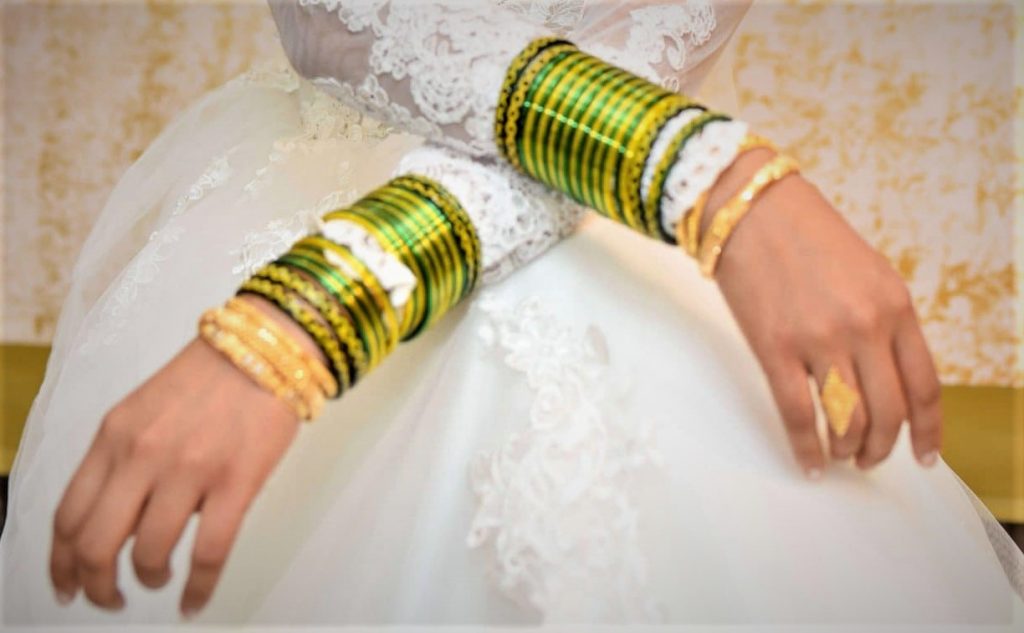
The Chuddo Ceremony is wherein a bangle seller “Kakonnkar” is called and a set of bangles is fitted on the bride’s hands which symbolizes the start of her married life. Mostly, worn the day the first marriage bann is read. The ceremony is held at the bride’s maternal uncle’s house and few relatives and village ladies are invited who get bangles fitted on their hands too. The family offers money, rice, and coconut to the kakonnkar. During this ceremony melodious Goan Style songs/mandos are sung by the people gathered which are known as “Zoti”.
Bhuim Jevonn or Bhikrea Jevonn:

Bhuim jevonn or Bhikrea jevonn is a tradition wherein the bride’s and Groom’s family in their respective homes serve a meal to their relatives and the entire village is also invited. This is done in honor of the ancestors of the bride and groom’s family. More of Thanksgiving and showing gratitude to the dead ancestors of the family. Bhikrea Jevonn comprises of the Goan Traditional food also known as “von-xit”. This includes white rice, dried prawn curry, and probably some fried fish. The von is Goan sweet dish “Dessert” after lunch.
Doce Making:
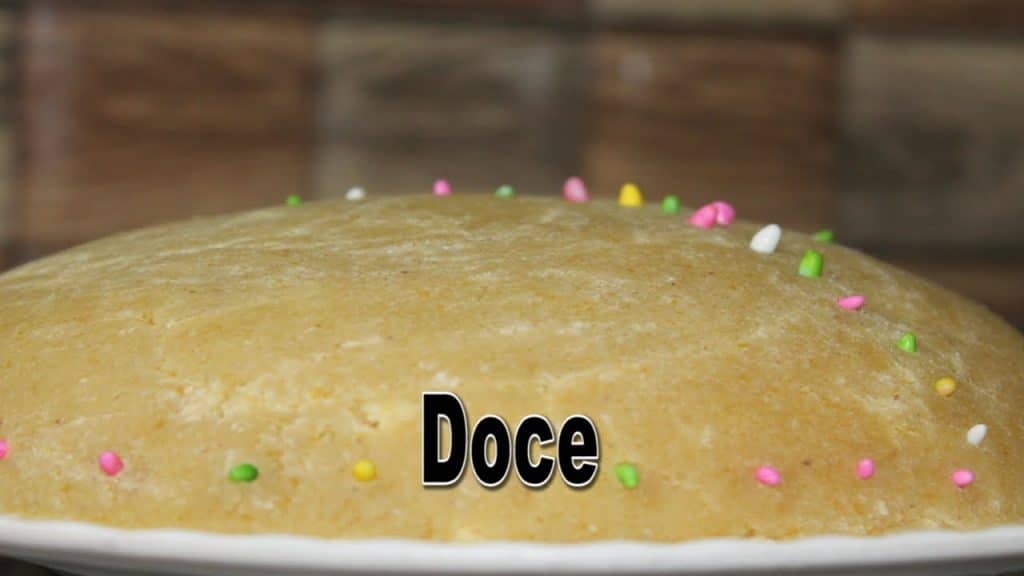
Doce is a traditional Goan sweet. Well, for weddings in Goa there is a tradition wherein the Doce is prepared at the Bride and Groom’s house respectively. Family, relatives, neighbors, and friends join together in the making of the Doce and help to prepare the same. they recite the Goan Mandos and other holy verses and bestow blessings on the bride and the groom. The Doce once prepared is beautifully decorated with colorful sweets.
Dennem:
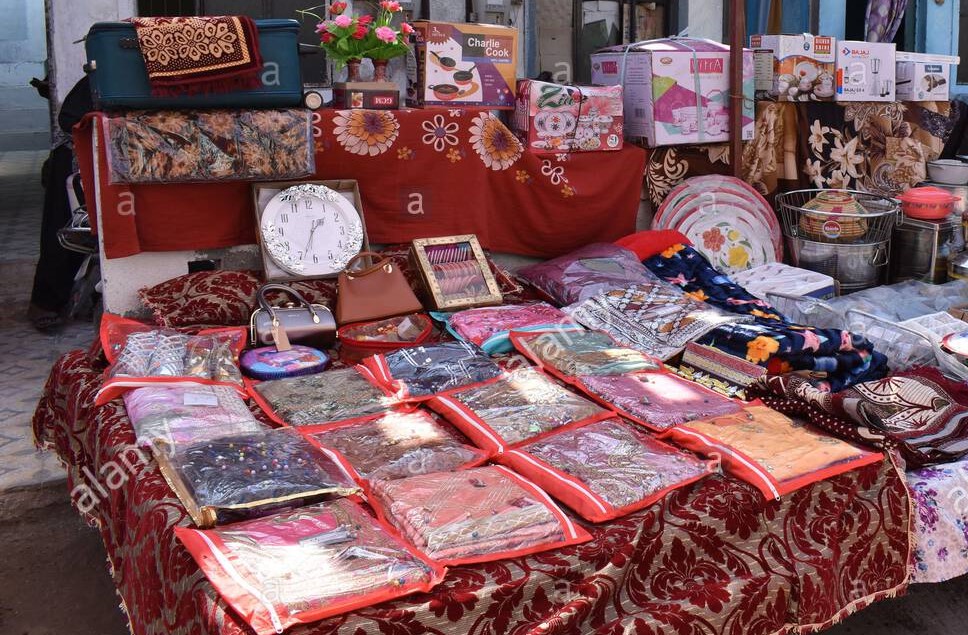
Also known as Dowry or trousseau. In this custom, the bride’s family offers household essentials that would be useful to the bride after marriage. Right from the jewelry, clothes to furniture, and kitchenware too. It is essential to send a small image or statue of baby Jesus in the trousseau. This is to make sure that the bride doesn’t need to be dependent on others as she starts her new beginning of life.
Opsun :
A tradition wherein the bride’s father and family formally give the bride to her groom. Usually done once the civil registration process is done.
Saddo:
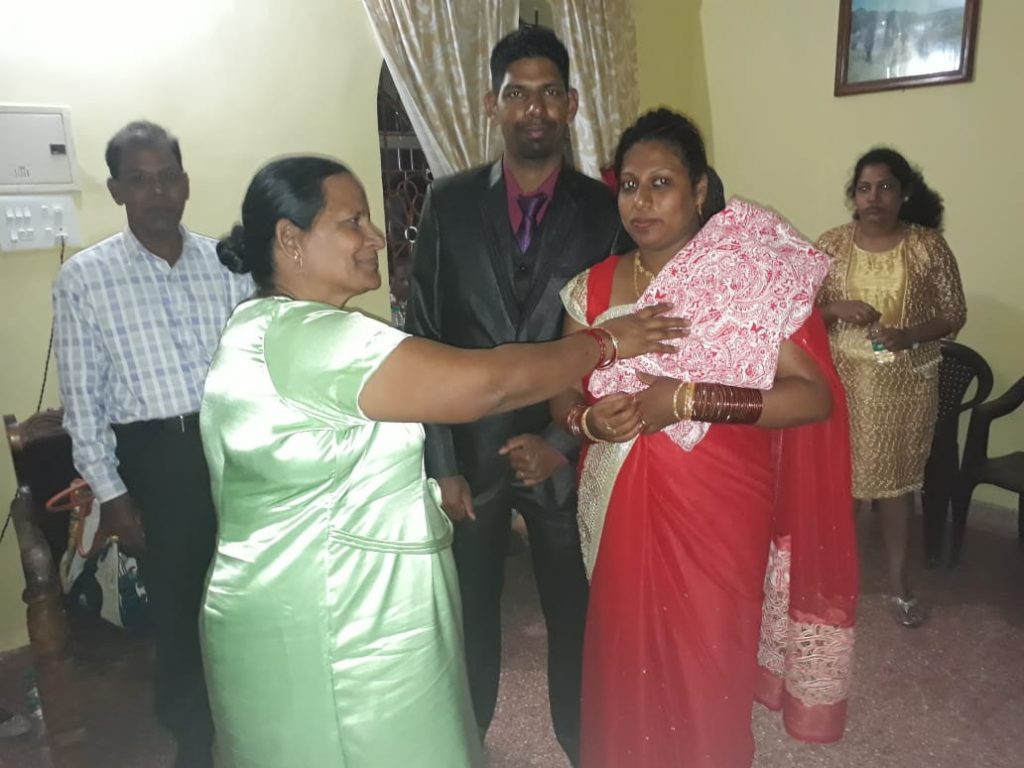
A saddo is a red dress given to the bride by the groom’s family as well as her own family. After the church nuptials, the bride is introduced and welcomed to her new home wherein the groom’s parents places this dress “saddo” on the bride’s shoulder. Whereas, the bride’s family gives a similar dress to the bride on the second day of the wedding when the bride goes to her home.
Xim:
This custom is mostly done after the wedding. The Xim basically means a boundary that is marked by pouring liquor. and on either side of this boundary, the brides and the groom’s family would stand and offer prayers and recite holy verses and shower blessings on the couple. Also, to end all the disagreements between the families and go back home happily.
Vojje:
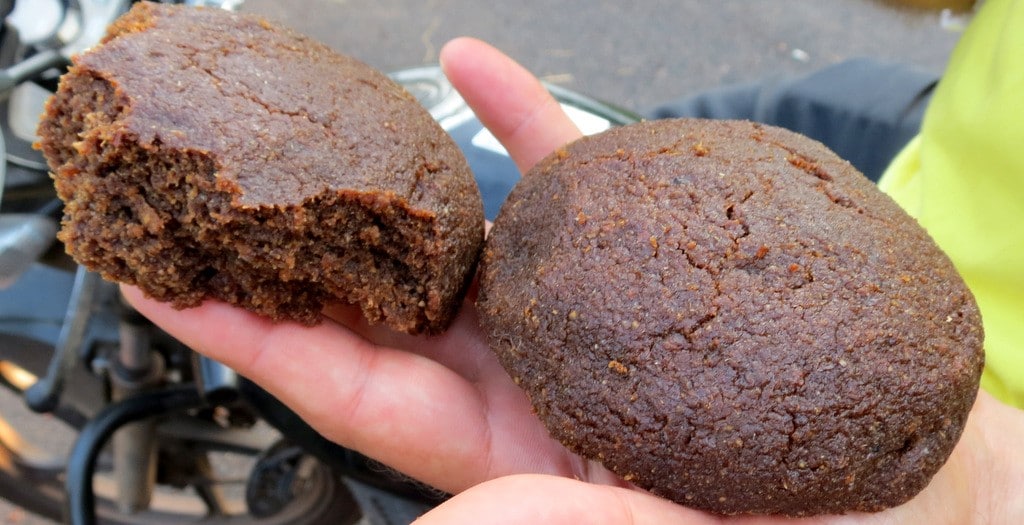
Vojje is some sweet items prepared by the bride’s family at the groom’s house to distribute among family, relatives, and villagers. Some of it is then later returned back to the bride’s family again. The Vojje includes the Goan sweet “Boll”, Doce and a Banana. Other sweets are also distributed. The Vojje is distributed to the village and family as a token to say Thankyou for all the support during the wedding time.
Following all these Goan Wedding Traditions make a wedding a Big-fat-goan wedding. Equally, following these traditions involve both families to interact with each other that builds up and strengthens the bond between them. Moreover, it gives you the feel of our real Goan culture.
